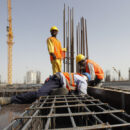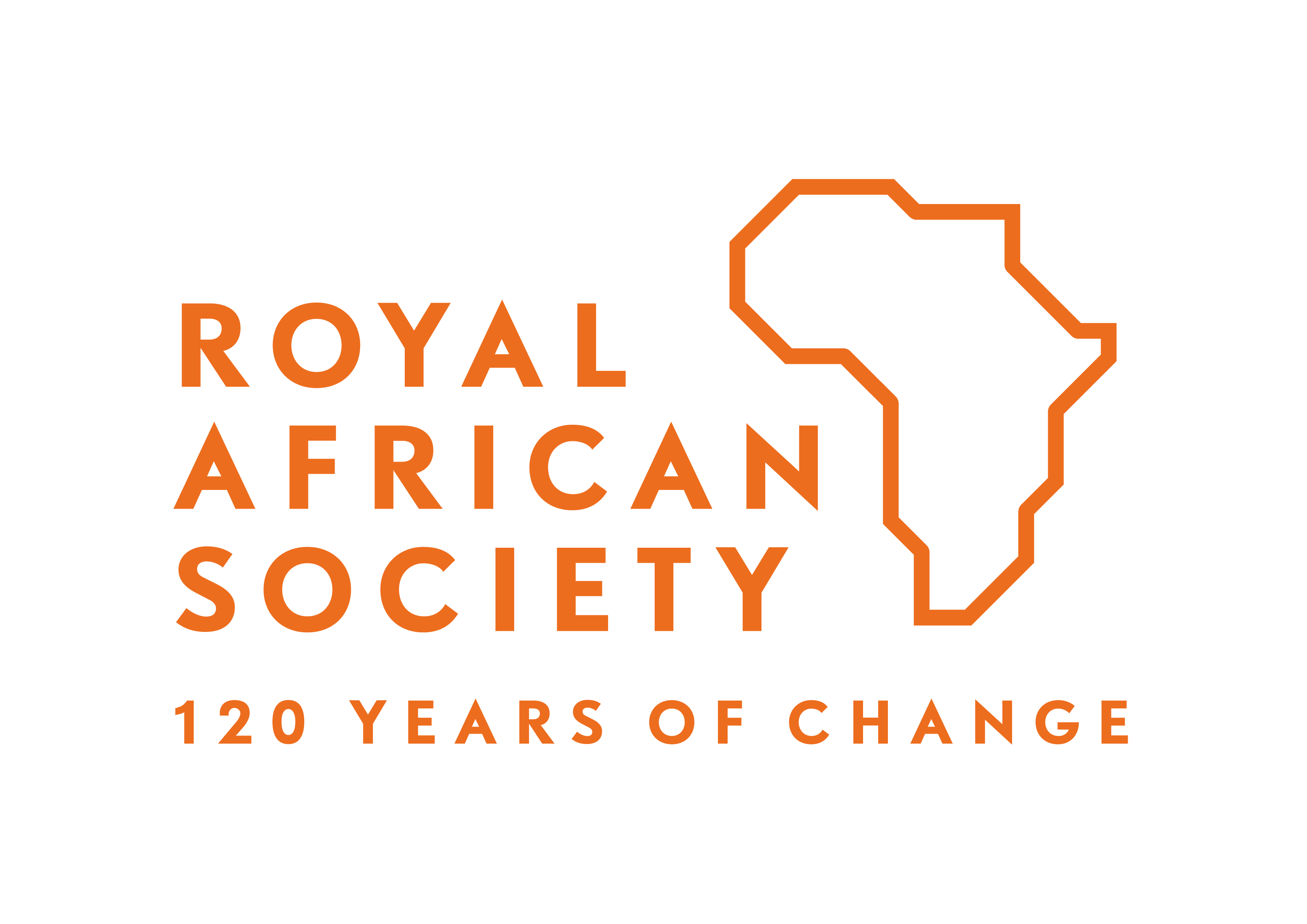Watch Kordofan
In the coming year, Kordofan is at serious risk of large scale violence—and any such violence could have disastrous ramifications for the whole of Sudan. Here’s why.
The central political issues in Sudan today are the 2009 general elections and the 2011 referendum on self-determination for Southern Sudan. If either of these were to fail, the prospect of major hostilities looms. Kordofan is the location of several possible flashpoints for war, and should there be a new war for any reason, it is certain that it would engulf Kordofan and cause immense human suffering.
There are five particular causes for concern.
1. Abyei—the disputed district on the border between Kordofan and Southern Sudan. Historically most Abyei residents were Ngok Dinka but the war saw a large influx of Misiriya Arabs. One of the provisions of the Comprehensive Peace Agreement was for the residents of Abyei to vote on whether they should be part of the North or the South, and an Abyei Boundary Commission was established to determine where Abyei’s boundaries lie. These boundaries are important not just for the people who live there but for the governments in Khartoum and Juba, partly because there is a lot of oil under Abyei. The Abyei Boundary Commission presented its report last year and Khartoum has rejected it. Currently there is a standoff and Abyei is without an administration. Many fear that Abyei could be the spark for a new war between North and South—a kind of Sudanese Kashmir.
2. The SPLA is actively recruiting among the Baggara Arabs of South Kordofan, in fierce competition with the National Congress Party. During the North-South war, the Baggara militia—known as Murahaliin—were active in raiding the South. But, in the later stages of the war, many realized that they had more interests in common with their Dinka neighbors than with Khartoum. The SPLA has several influential commanders from these groups and the SPLM has gained political support there too. In the last few weeks, the SPLA went a step further and began active recruitment in South Kordofan. Khartoum, arguing that this is a violation of the CPA, sent an army unit to confront the SPLA generals, and a tense standoff ensued near Muglad. This has been peacefully resolved but the underlying tension remains.
3. JEM and SLA-Unity launched a joint raid into Kordofan, attacking the town of Wad Banda and killing more than 40 people, most of them policemen. JEM’s leader Khalil Ibrahim has appointed a new deputy, a Misiriya Arab from the group Shamama (Shabab Mantigat Misiriya—youth of the Misiriya area). This is read by many as a declaration of intent to take the Darfur war to Kordofan. The Wad Banda attack was widely condemned, including by some SLA leaders who advised against expanding the war beyond Darfur. But one SLA-Unity commander, Abdalla Kadu, is gaining prominence—who is a former army officer originally from South Kordofan. The raid has already led to a government counterattack concentrated on Haskanita. There is a danger that the government may crack down on Zaghawa diaspora communities scattered across Kordofan, in the way that it did in South Darfur when JEM and SLA units took the war there in 2004-05.
4. The SPLM administers a large area of South Kordofan—the Nuba Mountains. Many thousands of Nuba fought as part of the SPLA during the war and the CPA awarded autonomous status to South Kordofan with power-sharing between the NCP and SPLM. However, contrary to the CPA, there has been no serious attempt to integrate the government-controlled and SPLA-controlled areas, which remain as separate cantonments with armed checkpoints wherever a road passes from one territory into the other. The Nuba in the SPLA-held hills maintain their own administration and security. On the government side there are militia as well as the army, and the current governor has a history of arming the militia. Towards the end of the year, when the Arab herders move their animals south into the areas where the Nuba farm the hillsides and valleys, there is a potential for armed clashes that could readily escalate.
5. The people of Kordofan have grievances shared with the Darfurians. They too have been long neglected and marginalized. There are thousands of unemployed graduates in the main towns, bitter and discontented. The security services have been keeping a close and nervous eye on the activities of a number of civic and development groups. Issues such as the recent floods, and the failure of the government to provide assistance and rehabilitation, could easily become a rallying cry for protest.
Kordofan is the crucible of Sudan. Kordofan’s issues are complicated, volatile and cannot be sealed off from the rest of the country.





This article touched on a very important issue. Up until now not much attention has been given to Kordofan. It is a ticking bomb which might explode any time. Adding to the 4 points which you have mentioned in the article there is another area which needs consideration. It is the Eastern district of the South Kordofan region (Tagli District). Last May a group of armed Arabs carried out a number of attacks on Lorries and committing rape and murder against innocent people. These attacks followed the same tactics used by the Arab militia (Janjaweed) in Darfur. The Arab militia were from Al Hozama tribe; the whole plan was orchestrated by their leader Nazir Al Nour Al Tahair with the full support of the leadership of the National Congress Party in the region. They also hired some Camel herders (Abala) from northern Kordofan to carry out some of the attacks.
The Kordofan region has not recovered from the 1980s drought and desertification. It was recently hit by floods which destroyed more than 100 schools in the northern Kordofan region alone. Something urgently needs to be done to prevent a repeat of the Darfur crisis.
The central government is without any strategic plans to deal with such problems. They are only looking at how to gain more political support by any means, such as the divide and rule strategy which is in fact deepening the problems and creating civil unrest between different tribes.
I have spent a couple of weeks in South Kordofan last May, after having been away from the region for more than three years. Tension is escalating fast and is palpable in areas such as Lagawa and es-Sunut. Conflict around access to land is rife and is compounded by the lack of action to set up the State Land Commission. The conflict is not just between groups of Arab origin and Nuba farmers; in a number of communities intra-ethnic conflict amongst the Nuba is also on the rise. There is little concrete progress on the integration in government of the National Congress Party (NCP) and the SPLM. The administration of former government and SPLM-controlled areas remains separate, and two local government systems are in effect operating in parallel. This includes separate policies for education, with two languages
(English and Arabic) and two systems. NCP state officials are unable to access former SPLM-controlled areas. Access is also impossible for
technocrats from line ministries coming from government-controlled areas.
The most significant threat to the stability of the region is the escalating tension between Arab pastoralists and Nuba farmers. I have provided a detailed description of this tension and the inadequacies of UNMIS in addressing it in a report we have recently released at ODI, called ‘The Long Road: Opportunities and Obstacles to the Reintegration of IDPs and Refuges Returning to Southern Sudan and the Three Areas’ (http://www.odi.org.uk/hpg/papers/hpgcommissioned_dfidreintegration.pdf).
It has been said many times before that the Three Areas are the litmus test of the CPA. In South Kordofan there are clear signs that the test will fail unless urgent attention is devoted to it.
Sara Pantuliano
Research Fellow
Humanitarian Policy Group
Overseas Development Institute